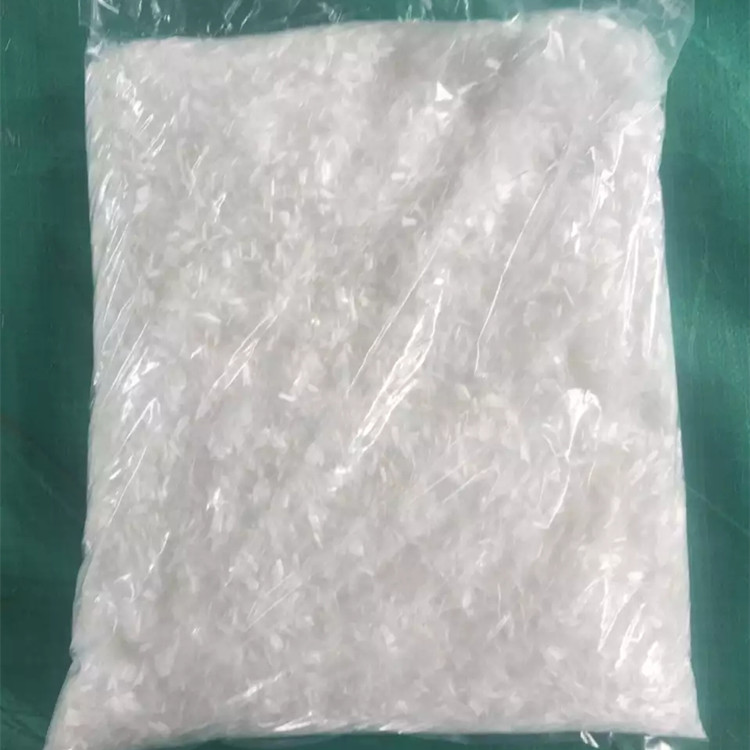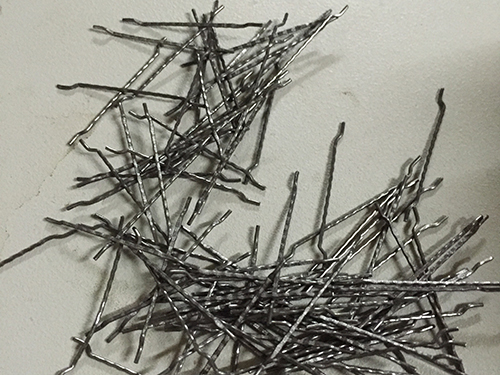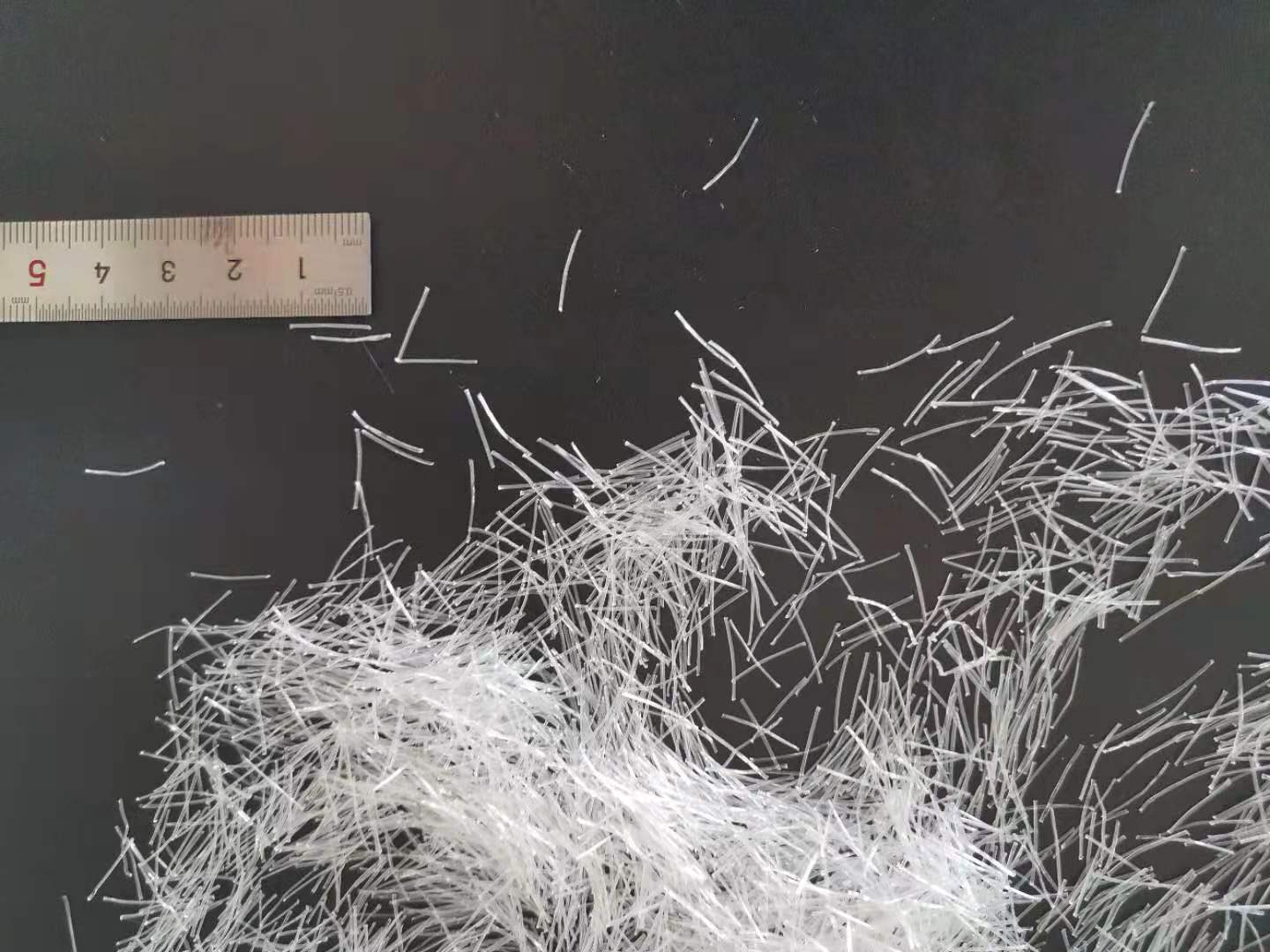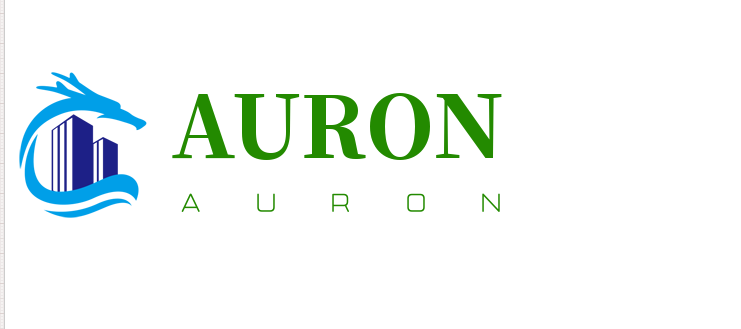Polypropylene fiber is the third largest fiber after polyester fiber and cotton fiber. It is the lightest synthetic fiber with density 0.91g/cm3. Since the development of polypropylene fiber in 1960s, its output has increased year by year and its application has become more and more widely. The reason why it can be widely used in different fields of life is mainly due to the characteristics of polypropylene fiber itself, such as light weight, corrosion resistance, wear resistance and so on.

Polypropylene fiber propertiesare as follows:
1. The density of polypropylene fiber is 0.9-0.92g/cm3, which is 20% lighter than that of nylon 1.15g/cm3 and 30% lighter than that of polyester 1.36g/cm. It is very suitable for filling or making light materials;
2. Polypropylene fiber has good corrosion resistance. It can resist the corrosion of acid, alkali, salt and various organic solvents below 80 ℃. Especially under alkaline conditions, the corrosion resistance can reach 99%. This is also the main factor for the wide application of polypropylene fiber in concrete, and it is also an important material for making rope net and rope.
3. High strength and flexibility. The strength of modified polypropylene fiber can reach 1000 MPa. Its strength is similar to that of polyester and nylon, and its resilience is comparable to that of nylon and wool, much higher than that of polyester and viscose fibers; Polypropylene fiber has poor dimensional stability, easy pilling and deformation, anti microbial and non wormhole; The resistance to chemicals is better than that of ordinary fibers.
4. Non hygroscopic, almost non hygroscopic, and its moisture regain is less than 0.03%. Fine denier polypropylene fiber has a strong wicking effect, and water vapor can be removed through the capillary in the fiber. Polypropylene fabric is easy to wash and dry due to its non hygroscopicity and small shrinkage.
But polypropylene fiber also has its own shortcomings, such as poor dyeing, poor aging resistance, low temperature environment to embrittlement (minus 35 degrees).







